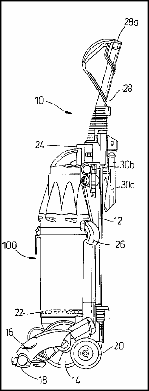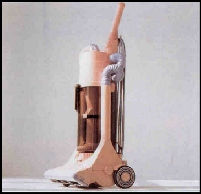12th November 2010














v37

~ Design & Technology ~
Designers and Designing
Designers and Designing

James Dyson spent many some years working in the field of Industrial air-cleaning and realised that some of the principles he had used there could be
applied to domestic cleaners. He produced 5,127 prototypes of his ‘cyclone’ cleaner before it finally went into production. The bright and synthetic colours of the units show that the product is not meant to be placed out of sight in a cupboard. It is to be regarded as an attractive object as well as being functional.


was the Japanese who enjoyed the bright and innovative styling giving the product its foothold in the marketplace and paying up to $2,000 per machine for the priviledge ! With such a radical design in a home cleaning product the
1993
One of James Dyson's earlier successes was the invention of the 'Ballbarrow' the design giving greater mobility in turning and greater stability on softer ground.
1986

engineering principles involved required significant patent protection - and yet this protection has to - and did in Dyson's case - be funded from a business income that ( in many similar cases too) - has not yet begun to grow. Patents require continuous renewing to afford full protection and it wasn't too long before rival cleaner companies copied the design principles requiring the Dyson company to protect the engineering principles in court.






